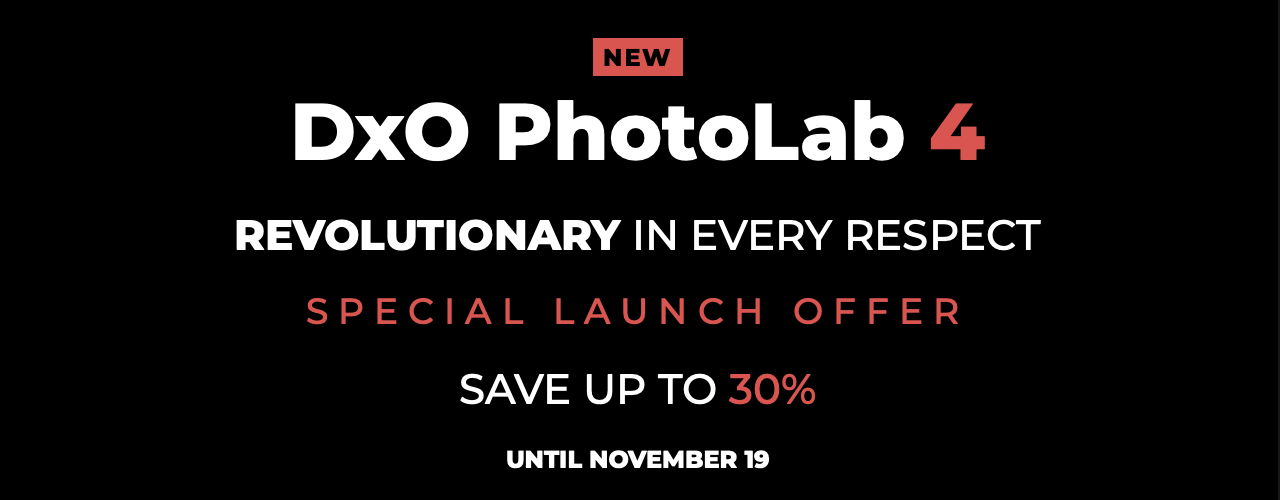
X-Trans support has been added for a host of Fujifilm cameras, including the Fujifilm X-E2, Fujifilm X-E2S, Fujifilm X-E3 (opens in new tab), Fujifilm X-E4 (opens in new tab), Fujifilm X-H1 (opens in new tab), Fujifilm X-Pro2 (opens in new tab), Fujifilm X-Pro3 (opens in new tab), Fujifilm X-S10 (opens in new tab), Fujifilm X-T1, Fujifilm X-T2, Fujifilm X-T20 (opens in new tab), Fujifilm X-T3 (opens in new tab), Fujifilm X-T30 (opens in new tab), Fujifilm X-T4 (opens in new tab), Fujifilm X100F (opens in new tab), Fujifilm X100T, Fujifilm X100V (opens in new tab) and Fujifilm X70.Light | Dark Introducing local adjustmentsĭxO PhotoLab local adjustment technology takes your photo editing to the next level by letting you target specific parts of the image, either to highlight a detail or to perform precise touch-ups. PhotoLab 5 also supports a series of new cameras, including the Canon EOS Ra (opens in new tab), DJI Air 2S (opens in new tab) and Mini 2 (opens in new tab), Nikon Z fc (opens in new tab), Olympus PEN E-P7 (opens in new tab), Panasonic GH5 II (opens in new tab), Pentax K-3 III (opens in new tab) and Sony ZV-E10 (opens in new tab). Other improvements in PhotoLab 5 include EXIF and IPTC metadata support in its PhotoLibrary module and an ‘interactive’ tree structure for creating, applying and managing keywords. The company has clearly changed its mind, however, so now Fujifilm camera owners can also get the benefit of DxO’s raw processing engine.ĭxO describes this as ‘beta’ support, not to indicate that it might not work properly but to flag up that it’s still in development and that the company is keen for feedback from the Fujifilm community.

DxO has previously said that its demosaicing technology worked solely with regular bayer sensors, and that re-engineering it was not practical. The big news, though, is ‘beta’ support for Fujifilm X-Trans sensors.

Local adjustments have been improved with the addition of a new Control Lines adjustment to allow more sophisticated and controllable local masking.


 0 kommentar(er)
0 kommentar(er)
